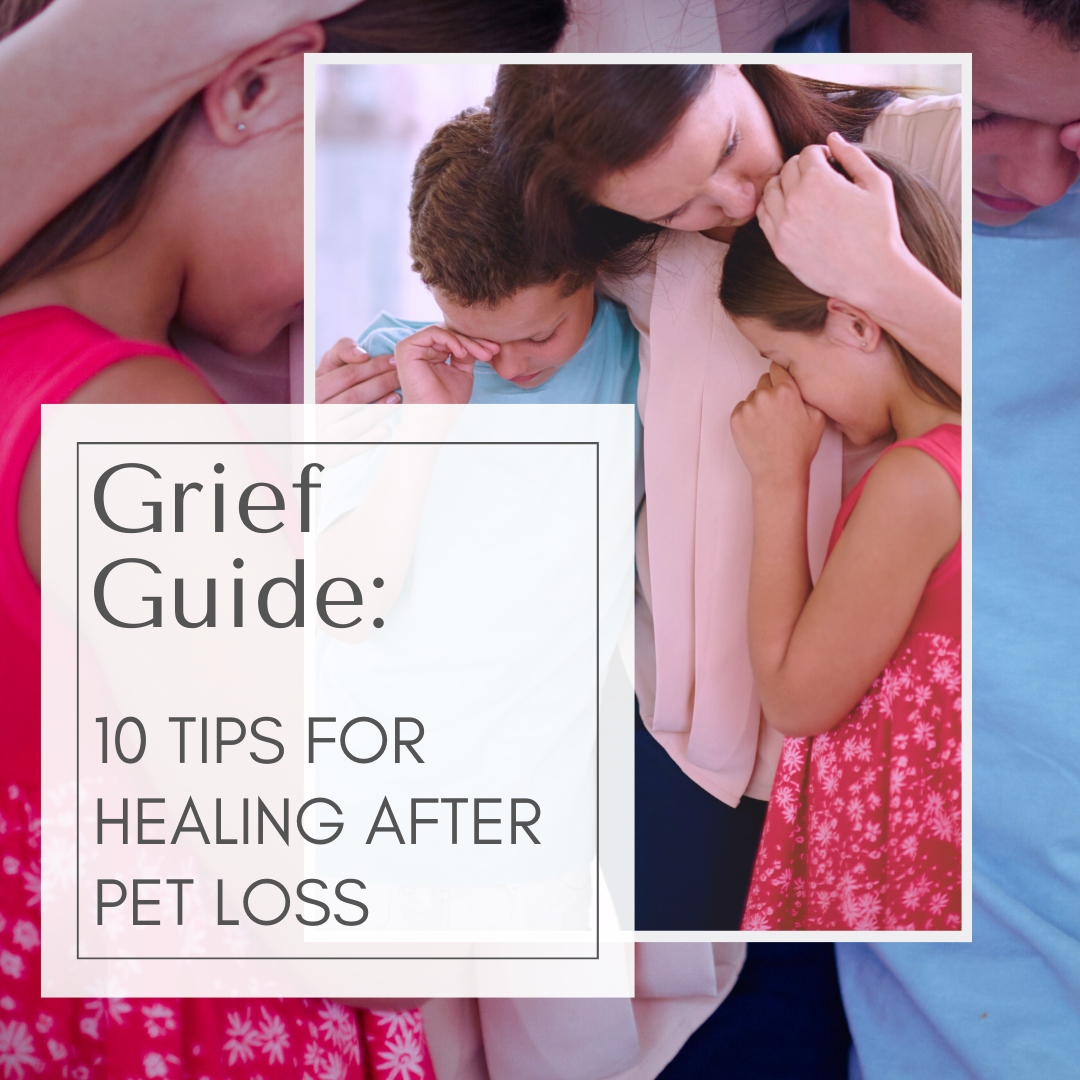Grief Guide:10 Tips For Healing After Pet Loss
Losing a pet, especially one that has been part of your daily life, can feel like a deep and personal loss. The bond we form with animals is unique—they give us unconditional love, companionship, and sometimes even a sense of purpose. When they’re no longer with us, it can leave an empty space that is hard to fill. It’s natural to feel sadness, and taking time to grieve is an important part of the healing process. Allowing yourself to remember the good moments and the connection you shared can be both comforting and a way to honor their life.
When we lost our calf recently, it was a reminder of how fleeting those connections can be, especially with animals we care for every day. The routines and care we provide create a bond, and losing that can feel disorienting. It’s helpful to find ways to keep their memory alive—whether through sharing stories, creating something in their honor, or just holding space for the emotions that come. Grieving doesn’t follow a specific timeline, and it’s okay to process those feelings in your own time and way.
Here are 10 tips that can help guide you through the process of healing after the loss of a beloved pet:
Acknowledge emotions: Allow yourself to feel the range of emotions without judgment. Grief is personal, and every feeling is valid, whether it’s sadness, anger, confusion, or even relief. Giving yourself permission to experience these emotions fully is essential to healing.
Create rituals: Establish small personal rituals to honor the memory of your lost pet. This can be something simple, like lighting a candle or setting aside a quiet moment each day for reflection. These rituals can help create a sense of connection and closure.
Lean on support: Share your grief with trusted friends or family. Speaking about your loss can be a powerful form of healing, especially when you’re able to share memories or find comfort in the understanding of others who know what your pet meant to you.
Stay patient: Grieving takes time, and there’s no set timeline for when you should feel "better." Be patient with yourself and give yourself the space to heal at your own pace. Some days will be harder than others, and that’s okay.
Memorialize meaningfully: Consider creating a keepsake or planting something in memory of your pet. These actions can serve as tangible ways to honor their life and continue their presence in your world, even in their absence.
Embrace routine: While it’s tempting to withdraw, keeping some structure in your day-to-day life can help with the healing process. Simple routines, such as taking walks or engaging in hobbies, can bring comfort and a sense of normalcy.
Find comfort in nature: Spending time outside or around other animals can have a grounding and soothing effect. Nature offers a peaceful space for reflection, helping to ease emotional pain and bring a sense of renewal.
Seek professional help: Don’t hesitate to talk to a counselor or therapist if you feel overwhelmed by your grief. A professional can offer guidance, support, and coping strategies, especially when the feelings of loss feel too heavy to carry alone.
Give yourself grace: Understand that grief is a process, and it’s okay if you don’t feel "normal" right away. Healing looks different for everyone, and there’s no "right" way to grieve. Be kind to yourself as you move through this journey.
Stay open to joy: Over time, allow yourself to feel joy again. It’s natural to feel guilty for experiencing happiness after a loss, but joy doesn’t diminish the love you had for your pet. Remembering them with love instead of sadness is part of moving forward.
Grief can feel like an endless journey, but with time and self-compassion, the pain softens. The memories of your pet will remain, not as constant reminders of loss, but as reminders of love and companionship. Healing doesn’t mean forgetting; it means finding a new way to carry that love with you, one step at a time.




Comments
Post a Comment